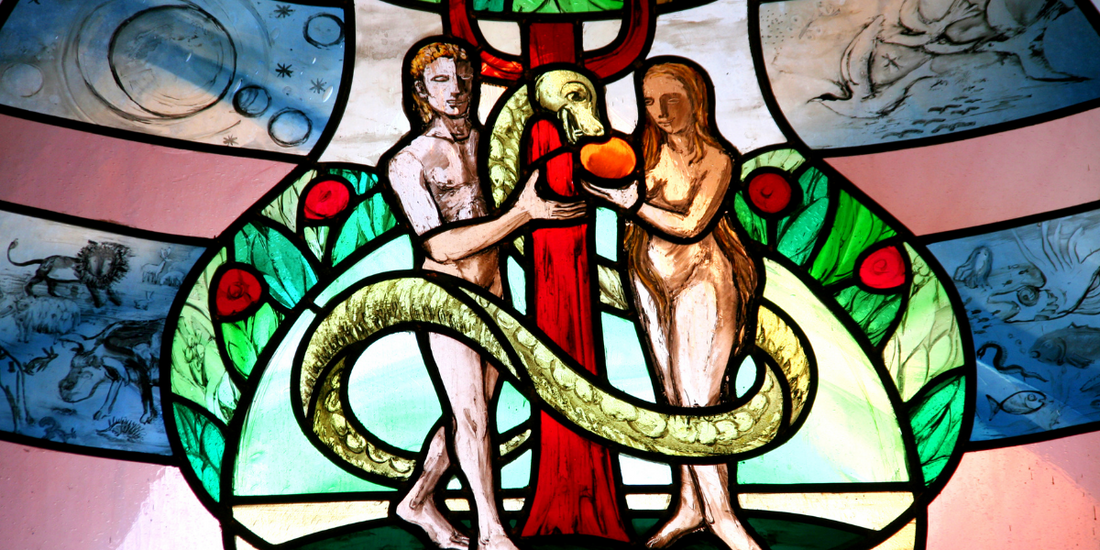The story of Adam and Eve in the Garden of Eden is one of the most well-known accounts in the Bible. However, the serpent's role in this story has sparked much debate and speculation among scholars and believers alike. In this blog, we will examine the biblical truth behind the serpent's identity, characteristics, and God's purpose in allowing it into the garden.
Was Satan the Actual Serpent in the Garden?
Many believe that the serpent in the Garden of Eden was Satan in disguise. However, the Bible does not explicitly state that the serpent was Satan. Instead, it describes the serpent as a cunning creature that tricked Eve into disobeying God.
How Did the Serpent in the Garden of Eden Become Satan?
The identity of the serpent in the Garden of Eden has been linked to Satan due to the serpent's deceitful nature and association with evil. Throughout the Bible, Satan is described as a cunning and deceptive creature, much like the serpent in the Garden of Eden. However, there is no clear evidence that the serpent and Satan are the same entity.
What Did the Serpent Look Like Before the Fall?
The Bible does not provide a detailed physical description of the serpent before the fall. However, some scholars believe that the serpent was upright and had legs before God cursed it to crawl on its belly.
What Are the Characteristics of the Serpent in the Bible?
In the Bible, the serpent is described as cunning, crafty, and deceitful. It is also associated with temptation, sin, and death.
Why Did God Allow the Serpent in the Garden of Eden? God allowed the serpent into the garden to test Adam and Eve's obedience and faithfulness. He gave them the freedom to choose between obeying Him or following the serpent's deceitful lies.
10 Facts about the Serpent in the Garden of Eden According to the Bible:
- The serpent tempted Eve to eat the forbidden fruit from the tree of knowledge of good and evil. (Genesis 3:1-6)
- God cursed the serpent to crawl on its belly and eat dust as a punishment for its deception. (Genesis 3:14)
- The serpent's actions led to the fall of humanity and the introduction of sin into the world. (Romans 5:12)
- The Bible refers to Satan as the "serpent of old" in the book of Revelation. (Revelation 12:9)
- The serpent's deception was aimed at challenging God's authority and sovereignty over creation. (Genesis 3:5)
- The serpent's tactics of deception and temptation continue to be used by Satan to this day. (2 Corinthians 11:3)
- The serpent's curse symbolizes the defeat of evil and the victory of good over sin and death. (Romans 16:20)
- The serpent's deception led to Adam and Eve's shame and the loss of their innocence. (Genesis 3:7)
- The serpent's role in the fall of humanity demonstrates the danger of listening to and following false teachings. (2 Timothy 4:3-4)
- The serpent's actions in the Garden of Eden highlight the importance of obedience to God's commands and the consequences of disobedience. (Deuteronomy 30:19)
The serpent in the Garden of Eden serves as a powerful reminder of the consequences of disobedience, the importance of obedience to God's commands, and the danger of listening to and following false teachings. While the identity of the serpent may remain a mystery, the lessons we can learn from its actions and consequences continue to be relevant today.
